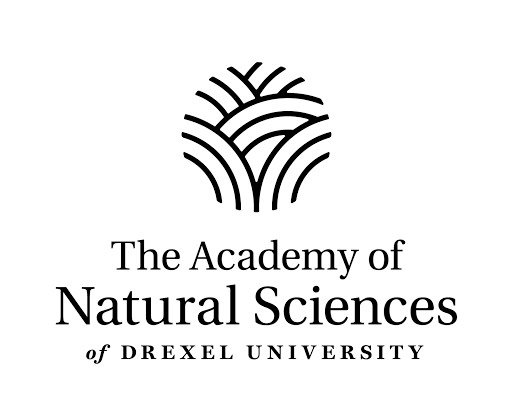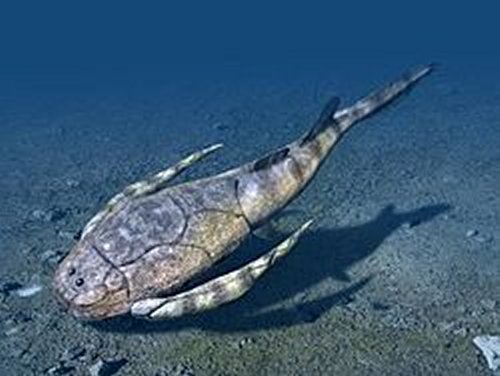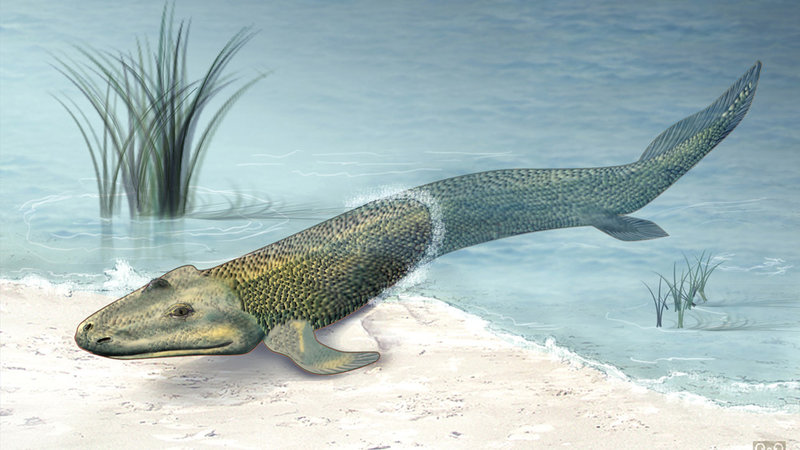Last night, 8November2018, I was privileged as a member of the Academy of Natural Sciences here in Philadelphia to attend their annual ‘Back From the Field’ night where the Academy’s scientists present an overview of their research accomplishments during the past year. The whole affair is informal however with scientists and members mingling together while discussing the scientific results. (See my post of 4February2017 for more about the Academy)

Since the Academy resides here in Philadelphia it’s not surprising that many of its scientists concentrate their work in an around the Delaware River valley, studying the health of our local environment and all of the species of life that call it home. At least an equal number however are world travelers, visiting lands as diverse as Cuba, the Philippines, Mongolia and even Antarctica.
The gathering was held in the Academy’s hall of dinosaurs which displays, along with other dino specimens, the bones of Hadrosaurus foulkii, the first dinosaur skeleton discovered in the western hemisphere. While many of the specimens on display last night were even older than the dinosaurs just as many were of species living today.

Doctor Dane Ward of Drexel University’s Department of Biodiversity even brought a special treat with him. You see Dr. Ward spent several months over the summer studying a species of small, sting less honeybee found only in Cuba. According to Dr. Ward the honey produced by this Cuban bee is far superior to that of the common European honeybee.
Dr. Ward gave a sample of this honey to the bartender so that he could make a mixed drink unknown out side of Cuba called the Canchanchara. Needless to say I had to give the canchanchara a try and it certainly was quite tasty.

The amount of scientific research being carried out by these scientists was too large for me to give more than a brief mention here. There was a team of ichthyologists, scientists who study fish, who are using aerial drones to obtain a census of sea lamprey nests along the banks of the Delaware River. Then there was the team of entomologists; they study insects, who had discovered several new species of grasshopper.

Still another team was studying snails in the Philippines. This research could prove to be very import because remember the Philippines are hundreds of islands. The distribution of snails across all of these islands is very complex with some species of snail inhabiting only a single island while another species can be spread across a dozen or more. The work of trying to work out that puzzle may tell us a great deal about exactly how the forces of evolution split single populations into separate species.
As you can see there was plenty of worth while science to sample but I don’t think that I’ll be surprising any of my regular readers if I tell you that I spent most of my time talking to the paleontologists. Both Doctors Ted Daeschler of Drexel University and Jason Downs of Delaware Valley University are doing their research on fishes of the Devonian. Dr. Downs has been searching for specimens in the cold northern reaches of Canada and has discovered two new species of ancient fish.

Funny thing is though, that area in Canada was originally surveyed for fossils by a team that was co-lead by Dr. Daeschler, in fact it’s the same area where Dr. Daeschler discovered Tiktaalik, a ‘missing link’ between fish and land vertebrates. Dr. Daeschler may no longer be working in Canada but he must like cold weather because in three weeks time he’s headed for the Antarctic to conduct a more thorough survey of some Devonian outcrops he discovered just last year.

I hope that the things I’ve been discussing have served to whet your appetite for learning more about science. I know that here in Philadelphia I have access to a large number of different centers of science but every large city has its own science museums. O’k so maybe you don’t live in a large city, well many national wildlife refuges or state parks will have a nature center and the people who are working there to help save many threatened species would love to tell you all about it.
Learning about science, about how science is done and who are the people doing it is important for anyone who wants to be an informed citizen but more than that it just fun. That’s right, as far as I’m concerned learning about something new is just about the best time a person can have. What don’t you give it a try? I leave you today with a link to the Academy of Natural Sciences in Philadelphia, take at look at what they have to offer!
